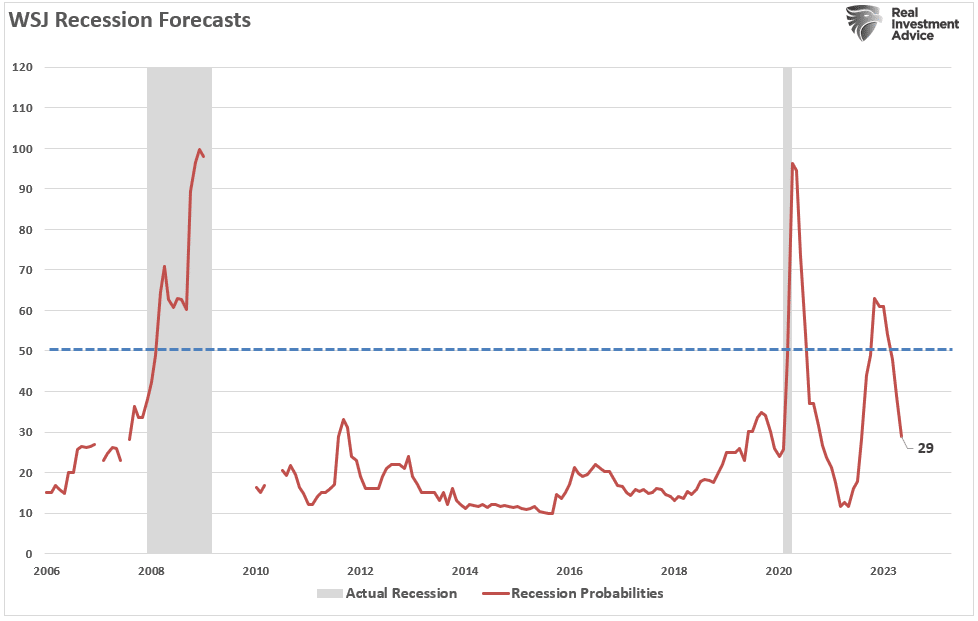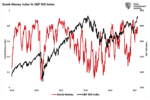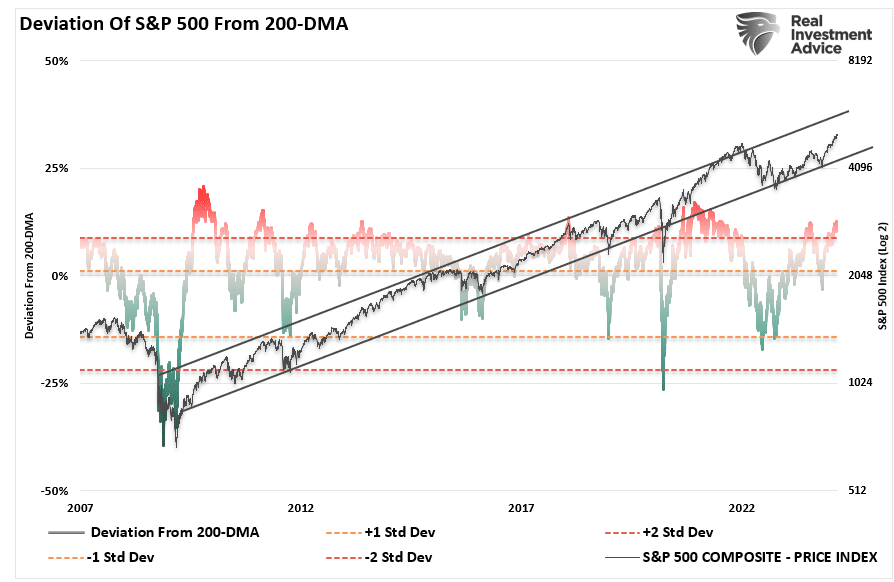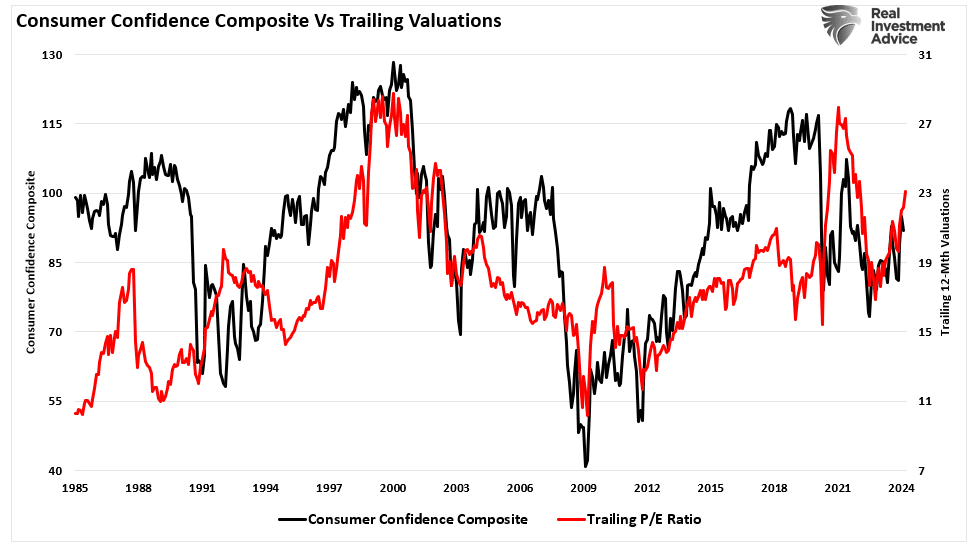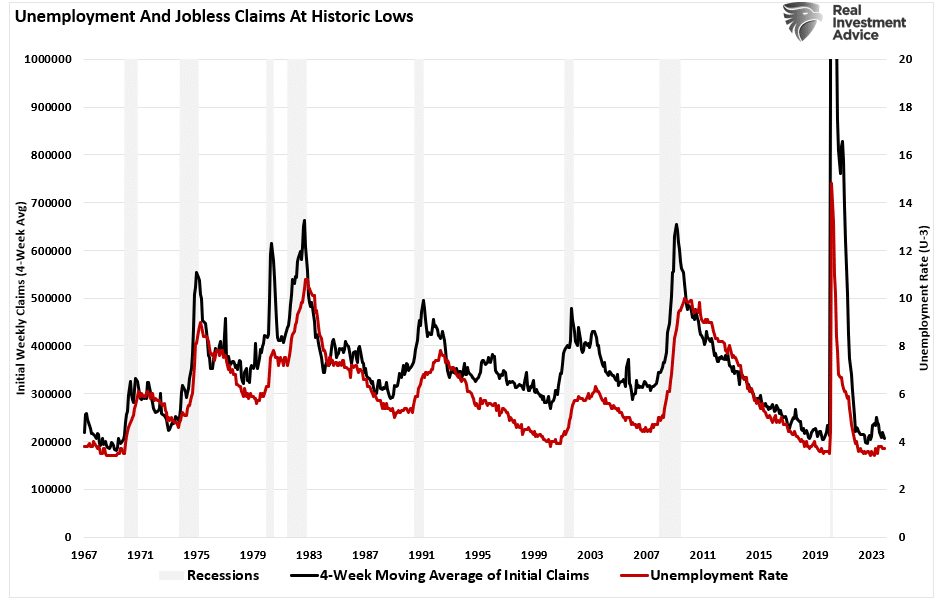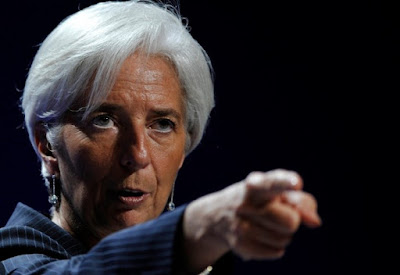Since the Federal Reserve hiked rates in December, both the European Central Bank and the Bank of Japan have eased policy further. The idea that because they cut rates means that the Fed cannot raise rates is a not a particularly helpful way to think about that is happening.
The market attributes practically no chance for a Fed hike today. But the FOMC is expected not to back off very much from its view that contrary to what some have argued, the December rate hike was not a mistake, and that the economy is still on track to allow the Fed to hike rates this year.
The four hikes seen in the dot plots in December will be reduced. Many expect only two hikes, but we suspect the Fed will retain three. And to be sure, it is not simply that the Fed is reassessing, the market has as well. Consider that since February 11, the implied yield of the June Fed funds futures has risen from 34 bp to 49 bp.
This is nearly completely discounting a June hike. Assume first 15 days of June Fed funds averages 36 bp, the Fed hikes on June 15 and Fed funds averages 62 bp for remaining 16 days of the June or ((15*36) + (16*62))/31).
The implied yield on the December Fed funds futures contract has doubled since Feb 11. It has risen from a low of 34 bp to 69 bp presently. This is to say the pendulum of market expectations have swung from doubting even one hike to pricing the risk of two.
The Fed's leadership is likely growing more confident. The labor market has continued to absorb slack. Despite the dollar's rise and the fall in energy prices, core inflation (CPI and core PCE deflator) rose last year. The core PCE deflator stands at 1.7%, drawing closer to the Fed's 2.0% target. Market-based measures of inflation expectation have risen back to levels since before the December rate hike.
Global capital markets have stabilized after the rough first six weeks of the year. Retail sales, which account for about 40% of personal consumption expenditures, disappointed yesterday (and the January series was revised lower), the economy appears to be growing near trend in Q1 after the slowdown in Q4 15.
The Fed's decision to hike in December was unanimous. By waiting for June, Yellen would increase the chances of another unanimous vote. Several officials, including Governor Brainard, have urged a more cautious course. Three rates hikes instead of four are cautious. The FOMC statement in January, amid the market turmoil, indicated that the Fed was still assessing whether to change its risk assessment. Look for the Fed's growing confidence to be expressed in a nearly balanced risk assessment.
The US shares the stage with the UK today. The UK reported a bit better than expected employment data. The budget, which will be presented early in the North American session., may be more important for sterling. The claimant count fell by 18k, which was twice the consensus expectation and the January decline was nearly double the 14.8k initially reported (revised to -28.4k).
Average weekly earnings, which are reported with an additional month lag, rose 2.1% in January after 1.9% pace in December. Excluding bonus payment, average weekly earnings rose 2.2% after 2.0% in December. The ILO measure of unemployment was unchanged at 5.1%. Initial sterling gains on the back of the employment data were quickly reversed.
The labor data is a favorable backdrop for Osborne's budget. He has warned of additional cuts in public spending. Osborne has recently antagonized many of the Tory members of parliament. Most recently last week his efforts to liberalize Sunday business laws was defeated with the help of 27 Tory MPs. Earlier his efforts at pension reform that required closing tax breaks for middle-income households was defeated by Tory MPs.
In addition to delivering dour news on the economy, which the National Statistics Office found was smaller than expected at the end of last year, Osborne is likely to use the budget presentation to warn of Brexit risks. Reports suggest that Osborne was skeptical of the referendum strategy in the first place, but has been forced by circumstances to embrace it. However, rather than unite the party as Cameron had hoped, the referendum appears to be widening the split.
The US dollar is firmer against the yen, but well within the range that has prevailed since last Thursday. The range than was JPY112.60 to JPY114.45. The dollar was bought on comments by BOJ Kuroda, who told Japan’s Diet that there was theoretically scope to cut rates to minus 50 bp. Although the BOJ did not take new steps this week, most participants expect further easing next quarter.
For four sessions now, the euro has put in lows between $1.1072 and $1.1080. Thus, the euro is holding the breakout that we peg in the $1.1040-$1.1060 area. Although the downside has been limited, the upside is marked by declining highs for the fourth session. However, we expect the narrow range so far today (~a third of a cent) to be expanded. Our bias is for a Fed that is a bit more hawkish than the market expects, which gives us a downside bias to the euro. That said, initial upticks in the North American session can retest the $1.1125 area.
Tags: Federal Reserve,U.S. Average Earnings






























